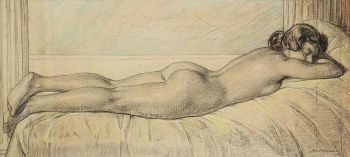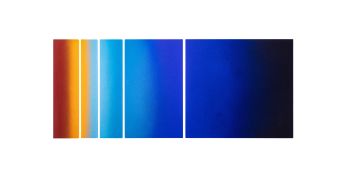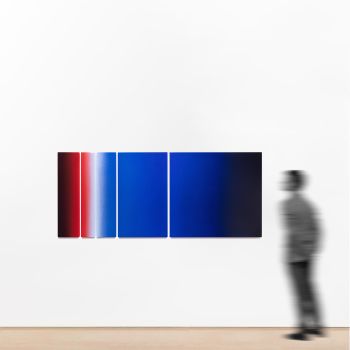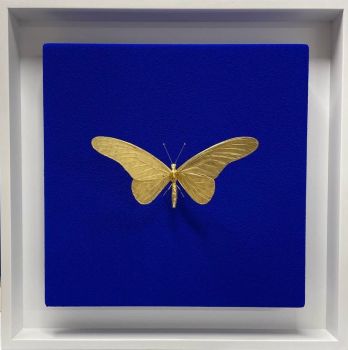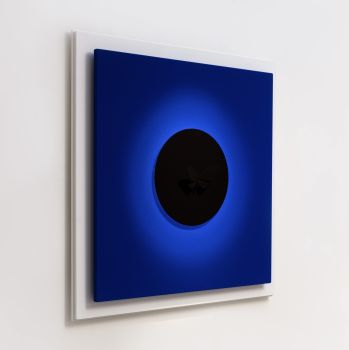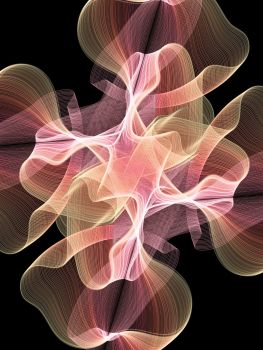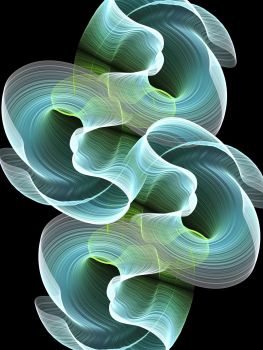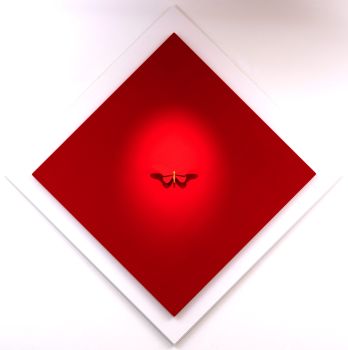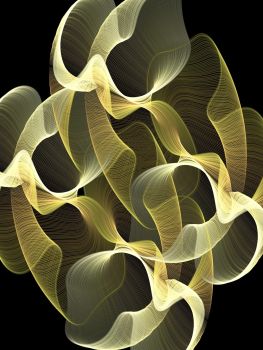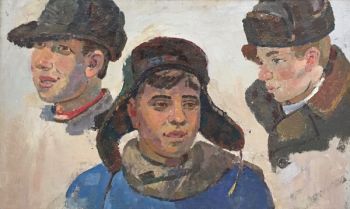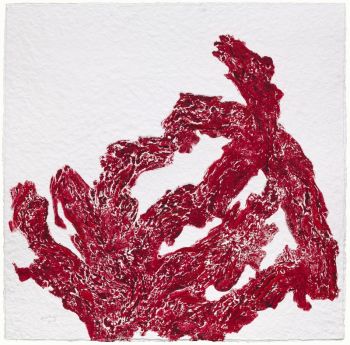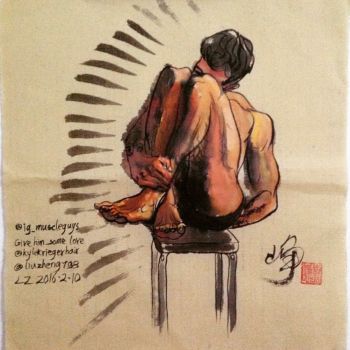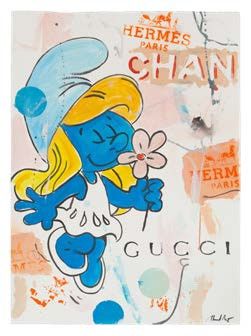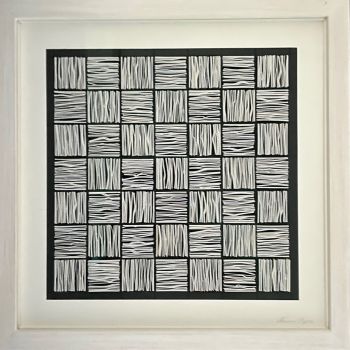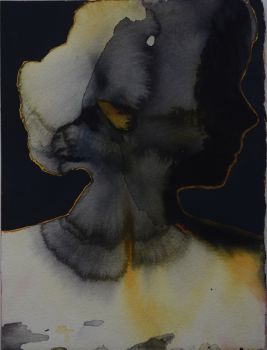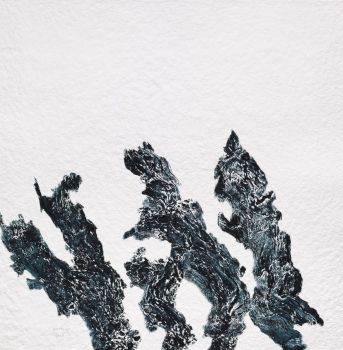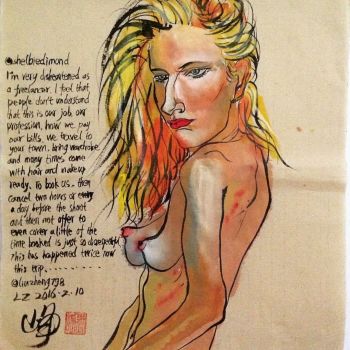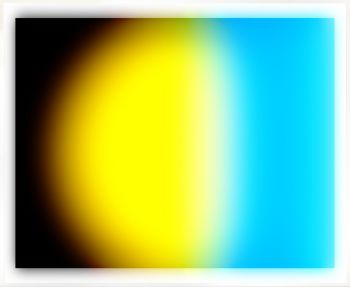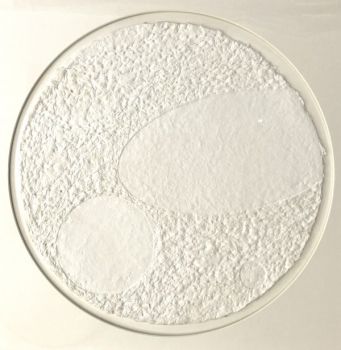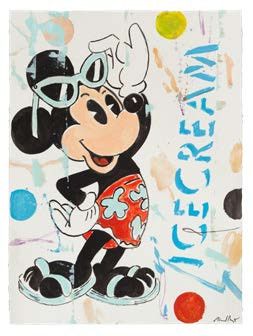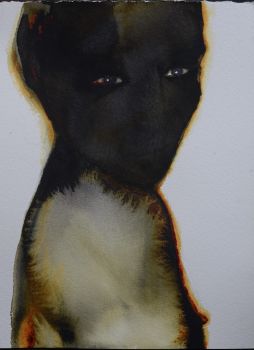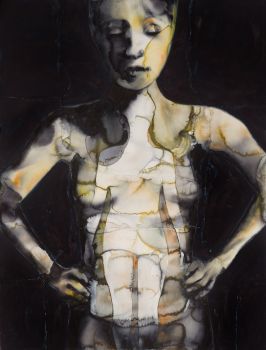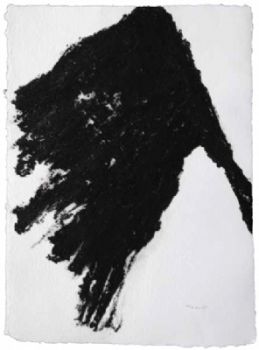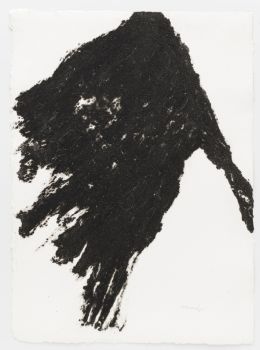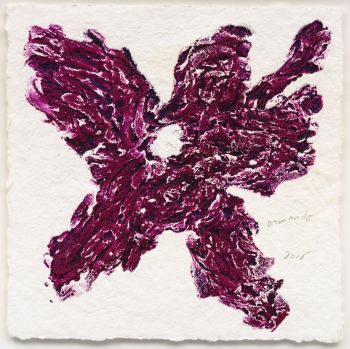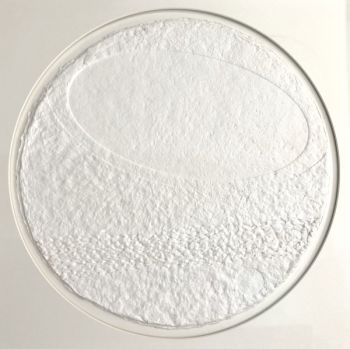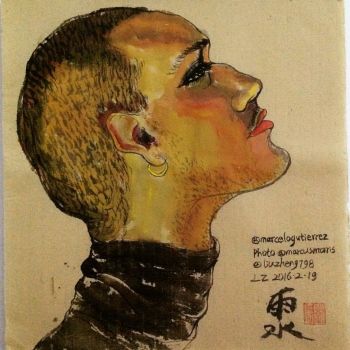Debate on the preferences between Greek and Latin, and Arabic sources 1540
Leonhart Fuchs
PapelPapel artesanalCouro
Atualmente indisponível via Gallerease
- Sobre arteLibri IIII, difficilium aliquot quaestionum et hodie passim controversarum explicationes continents.
Basel, (colophon: Robert Winter, 1540).
4 parts in 1 volume. 4to.
Each of the 4 parts with charming woodcut device on the last blank.
17th-century sheepskin parchment.
First edition of Fuchs his "Four books on some difficult questions" a heavily revised version of his Apologiae tres ("Three apologies") from 1538.
It is part of a debate on the preferences for ancient Greek and Latin on one side and Arabic sources on the other side; refuting the views of Guillaume Dupuis, Sébastien de Monteux and Jérémie de Dryvere. Fuchs gives commentary on the indications and dosages of prescriptions of Ibn Sina (Avicenna) and on Masawaih al-Mardini (Mesue the Younger), and praises the work of Galenus, whose work set the template for Islamic medicine.
Browned and foxed throughout and a few lines, words headers and paragraphs crossed out; a good copy.
Bibliotheca Osleriana 2688; Durling 1710; USTC 602528 (4 copies). - Sobre artistaLeonhart Fuchs foi um médico e botânico alemão, nascido em 1501 em Wemding, no Ducado da Baviera. Ele faleceu em 10 de maio de 1566. Ele é mais conhecido como o autor de um grande livro particular sobre plantas e seus usos medicinais, ou seja, um livro de ervas. Foi publicado pela primeira vez em latim, em 1542. O livro continha cerca de 500 desenhos detalhados e precisos de plantas, que foram impressos em xilogravuras. Os desenhos são o avanço mais notável do livro sobre seus predecessores. Embora os desenhos tenham sido usados de antemão em outros livros de ervas, o livro de ervas de Fuchhs provou e enfatizou os desenhos de alta qualidade como a maneira mais reveladora de especificar o que um nome de planta representa. Eventualmente, o Fuchsia como uma planta foi nomeado em sua homenagem; conseqüentemente, a cor fúcsia também foi nomeada em sua homenagem.
Artwork details
Categoria
Assuntos]
Material e Técnica
Related artworks
Engelbert Kaempfer
LIVRO ENGELBERT KAEMPFER1651 - 1716
Preço em pedidoZebregs & Röell - Fine Art - Antiques
Tilmanus Nicolaus Maastricht
Missale Romanum com montagens de prata holandesa1788 - 1792
Preço em pedidoJacob J. Roosjen SRI
Tilmanus Nicolaus Maastricht
Missale Romanum com montagens de prata holandesa1788 - 1792
Preço em pedidoJacob J. Roosjen SRI
LAWRENCE WEINER
"SKIMMING THE WATER [MENAGE A QUATRE]" Signed book plus small artwork2010 - 2014
Preço em pedidoGallerease Selected
1 - 4 / 22- 1 - 4 / 14
- 1 - 4 / 24


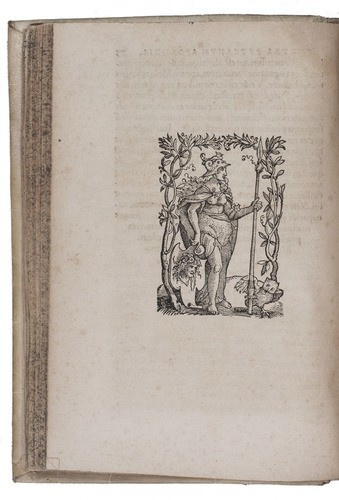
















!["SKIMMING THE WATER [MENAGE A QUATRE]" Signed book plus small artwork by LAWRENCE WEINER](https://media-2.gallerease.com/images/442bfd5f-fc31-4e18-a2fa-ee0c08eade64/350x350/skimming-the-water-menage-a-quatre-signed-book-plus-small-artwork.jpg)



